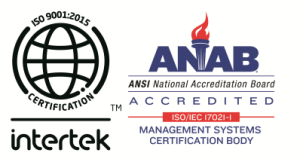The non-ferrous alloys either contain no iron or have iron in negligible quantity, such as aluminum, brass, copper, titanium etc. The aluminum, magnesium, zinc and copper-based alloys (bronze and brass) are cast in different shapes for industrial applications. A foundry/company may use various methods of casting for the non-ferrous alloys, such as:
- Sand-casting
- Investment/precision/lost-wax casting
- Metal molding
- Low-pressure permanent molding process
- High pressure die casting process
However, sand casting is considered the most efficient method of casting non-ferrous alloys. This is a cost-effective method that prevents wastage since 90% of the sand used for molding is reclaimed by a foundry and reused during the next casting services. A foundry uses two methods of sand-casting for non-ferrous metal casting.
Green Sand Casting
The pattern of a part is cast at first, and the design may be machined using billet aluminum or plastic. These d days, 3D printing methods are used to create the desired pattern.
- Sand is squeezed around a pattern in halves.
- The pattern is removed after placing a core if the cast parts are supposed to be hollowed.
- The sand from the bottom and top are pressed together.
- The molten metal is poured into the negative imprint of the pattern in the sand.
- After cooling down, the sand shell is taken apart once the molten metal becomes solid.
- This sand is recycled and reused.
The cast parts may be treated by a sand casting foundry using heat if necessary. These parts are cleaned through sawing, grinding or shot-blasting method, and they may be machined or painted.
Air-Set Casting
This sand-casting method is used for non-ferrous alloys, and it is used to cast larger patterns with complex configurations or low-volume runs. A hardened mold of sand is used during air-set casting, and the chemically bonded dry sand is mixed with binders for hardening. This method can create customized patterns of varying sizes and complex shapes within a short period.



